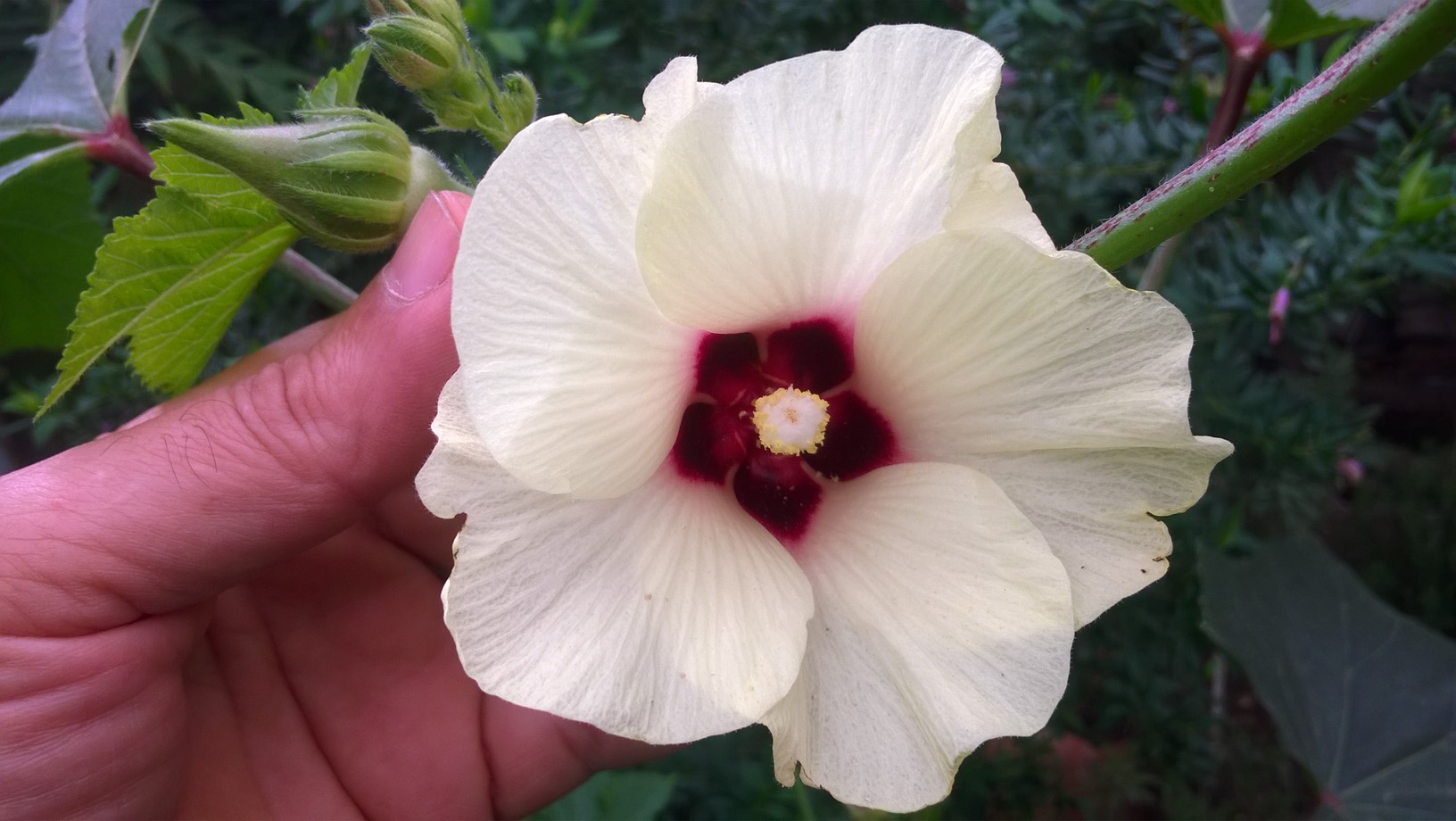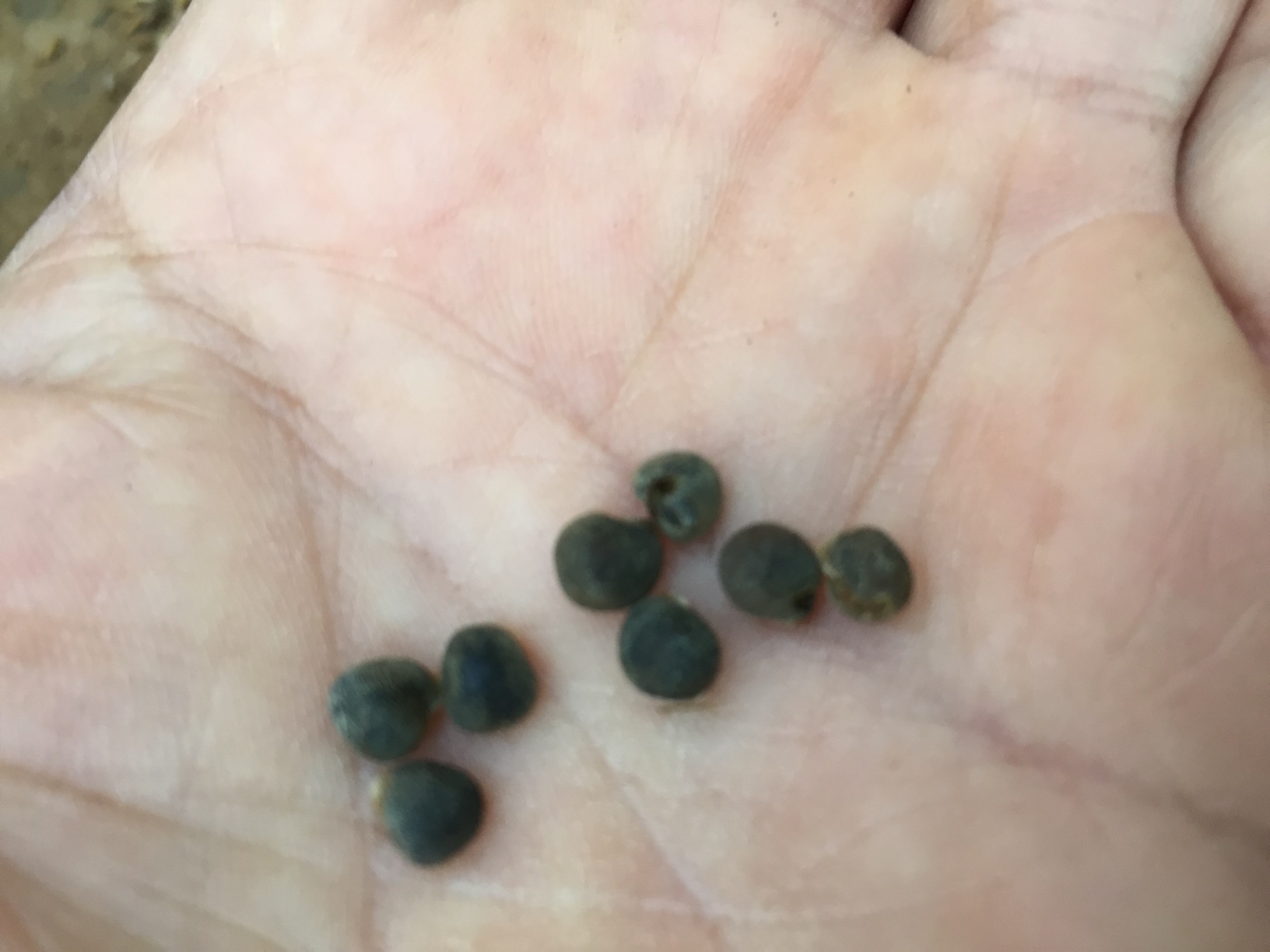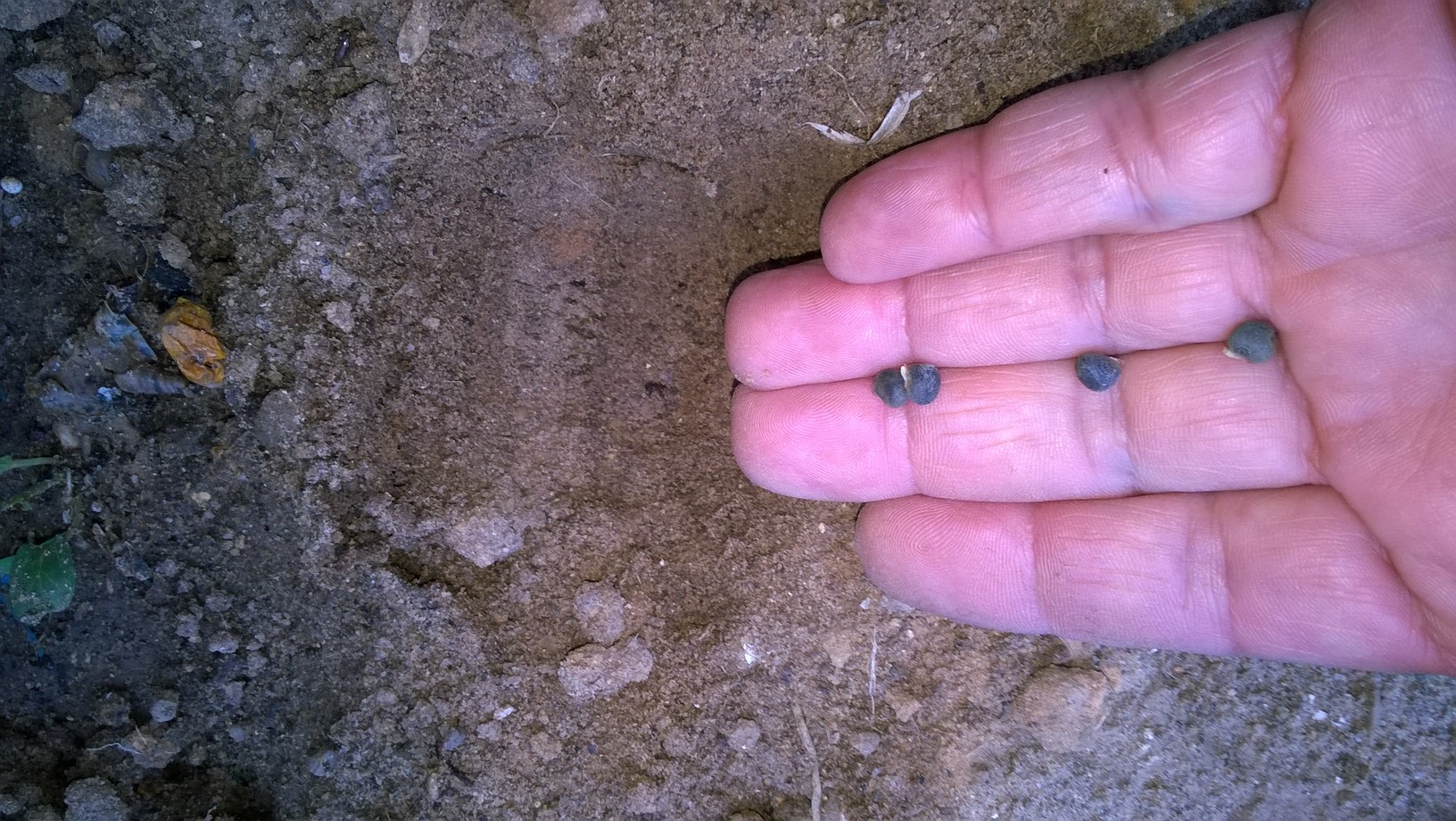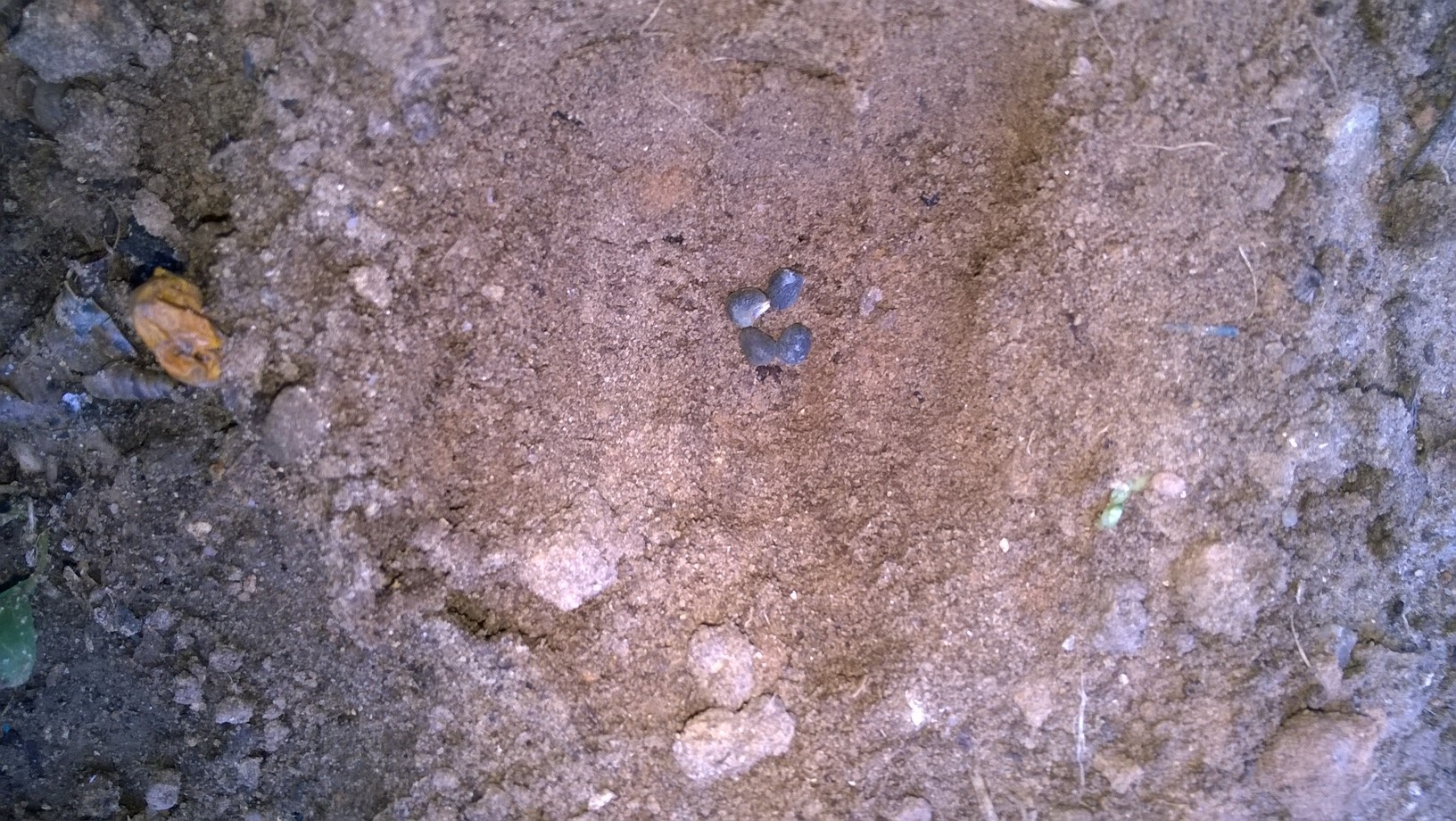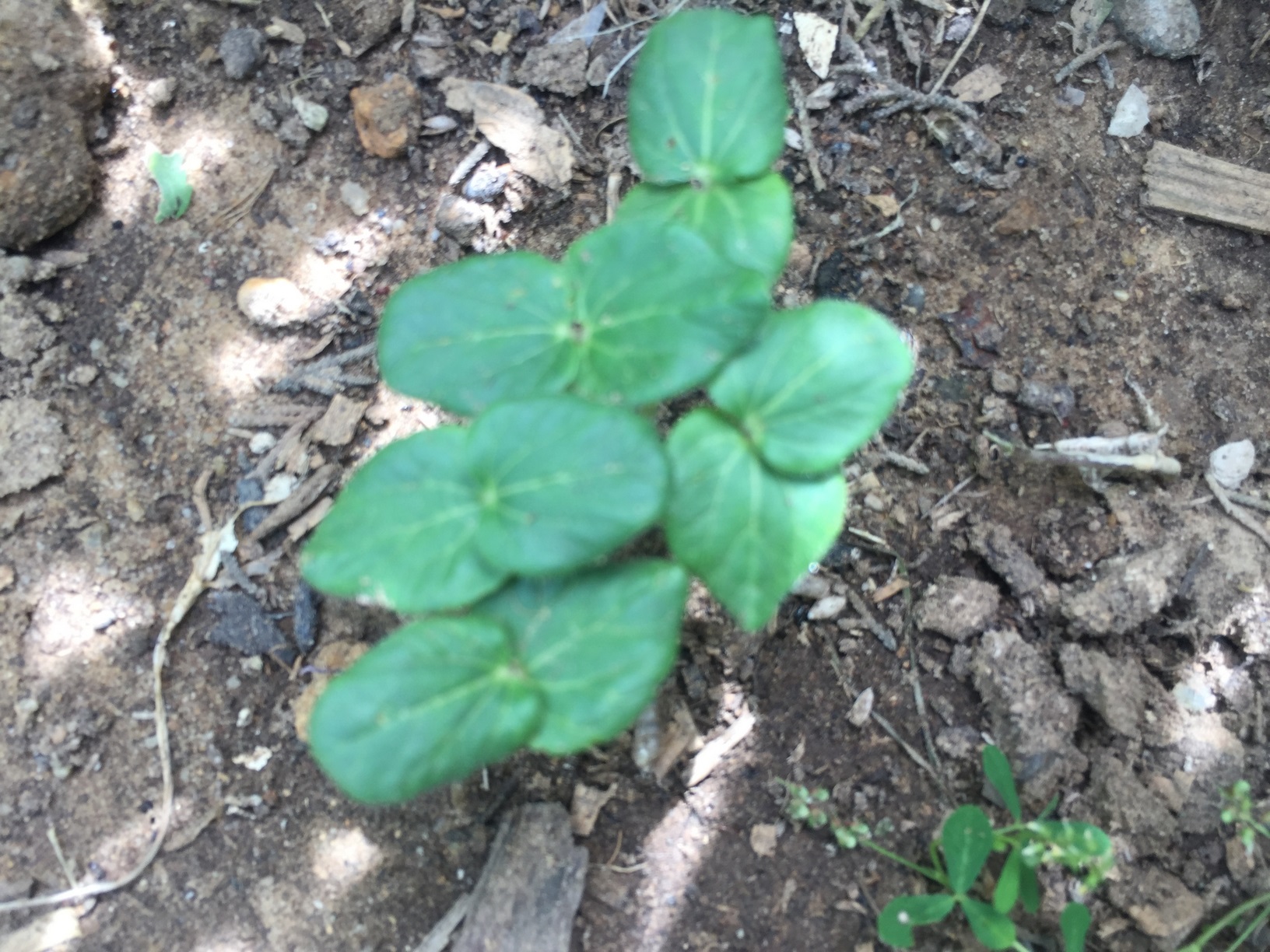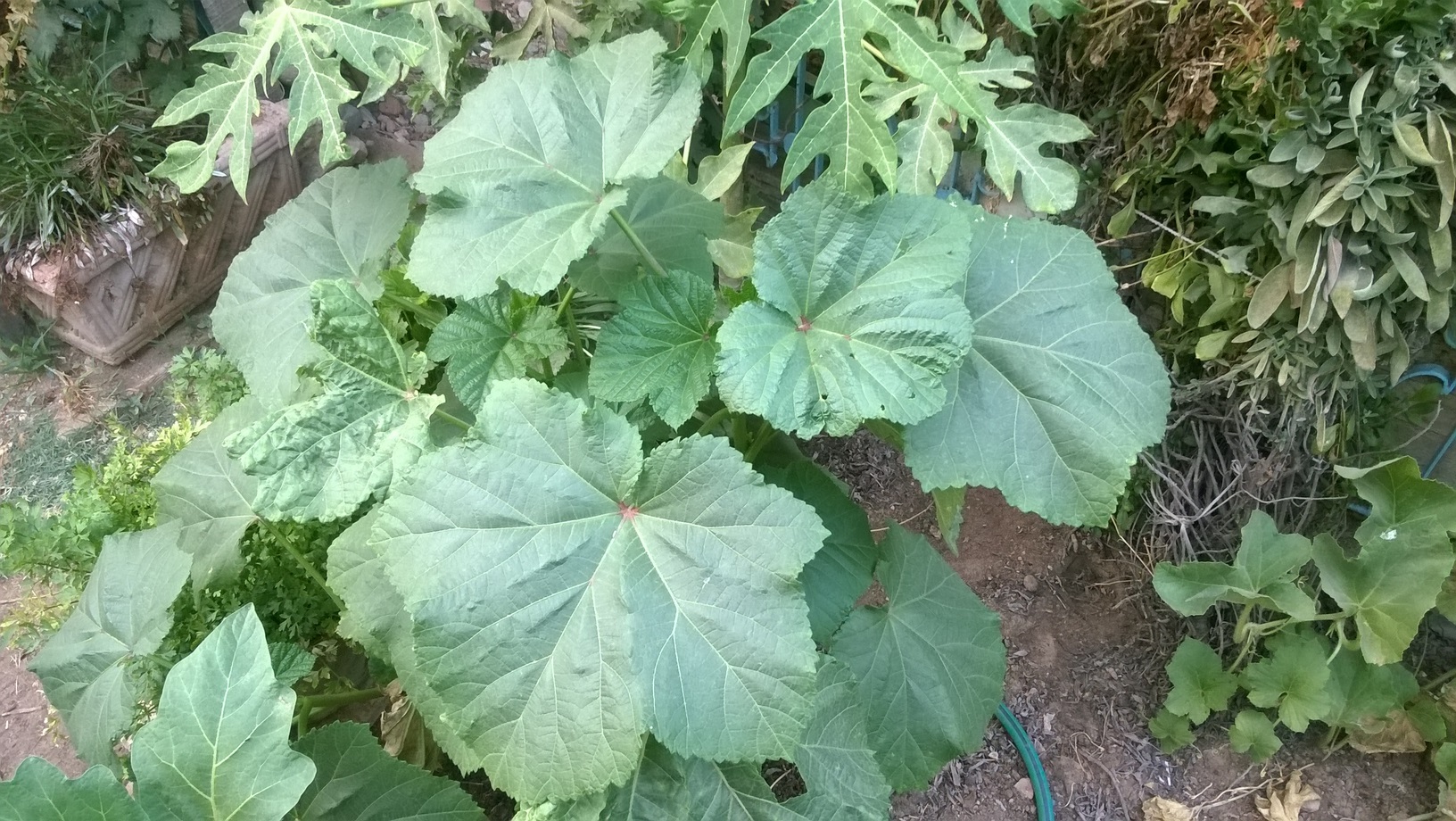Table Of Contents
History of Okra

Okra probably originated somewhere around Ethiopia, was taken from Ethiopia to North Africa, the eastern Mediterranean, Arabia, and India. Although it has been commonly cultivated by the ancient Egyptians by the 12th century B.C. Its cultivation spread throughout North Africa and the Middle East. Since the Spanish Moors and the Egyptians of the 12th and 13th centuries used an Arab word for okra, it probably was taken into Egypt by the Moslems from the East who conquered Egypt in the 7th century. It requires no stretch of the imagination to suppose that the plant earlier was taken from Ethiopia to Arabia across the narrow Red Sea or the narrower strait at its southern end. From Arabia okra was spread over North Africa, completely around the Mediterranean and eastward. Okra came to the Caribbean and the U.S. in the 1700s, it was being grown as far north as Philadelphia in 1748 probably brought by slaves from West Africa, and was introduced to Western Europe soon after.
Plant description
Okra can grow 1.2–1.8 m (4–6 ft) tall and as an annual plant, survives only one growing season. The leaves are heart-shaped and three- to five-lobed. The plant produces flowers with five white to yellow petals which are 4–8 cm (1.6–3.1 in) in diameter.
The fruit or pod, hairy at the base, is a tapering 10-angled capsule, 10–25 cm (4–10 inches) in length (except in the dwarf varieties), that contains numerous oval dark-coloured seeds.
The fruit or pod, hairy at the base, is a tapering 10-angled capsule, 10–25 cm (4–10 inches) in length (except in the dwarf varieties), that contains numerous oval dark-coloured seeds.
Okra varieties
There are many varieties of okra. These varieties differ in plant size and fruit characteristics. Most varieties produce spineless pods. The most common is the green. Clemson Spineless is the most commonly cultivated American okra variety. This variety is grown so much for commercial okra production. There are also red varieties and other huge varieties which include Cow Horn that grows to be 8 feet tall, with pods up to 10 inches long and dwarf varietirs too.
Early dwarf okra varieties are suitable for small beds and large containers include fast-maturing hybrids such as ‘Annie Oakley II,’ ‘Cajun Delight’ and ‘Baby Bubba.’ These varieties seldom grow more than 4 feet tall, and they start producing pods about 55 days after planting.

Main-season okra varieties include super-productive ‘Clemson Spineless’ and numerous tall heirlooms such as ‘Stewart’s Zeebest’ and ‘Perkins Long Pod,’ which mature about 60 days after planting. These are the good choices if you are growing okra for pickling or freezing.
Red okra varieties produce dramatic orange to burgundy pods, which turn green when cooked. They are not as productive as green-podded varieties, but red okras such as ‘Burgundy,’ ‘Red Velvet’ and ‘Hill Country Red’ make beautiful edible ornamentals.
Growing Okra Indoors
The first step for growing okra is to choose a variety of okra suited not only to your climate but also to your kitchen and get the seeds.
Okra grows best in hot climates, but even if you live in a Northern region, you can grow okra by starting it from seed indoors and transplanting when the weather warms up. It's very easy to grow your own okra plants, and growing your own gives you the freedom to pick and enjoy your own varieties. It also lets you make sure the plants get the best care right from the start. 6 to 4 weeks before the last frost in spring you can start your okra seeds indoors. by starting your seeds indoors and transplanting them when the time is right, they’ll have a head start on growing.
. Sterilized soil or seed starting mix
. Small plastic caps that has holes for drainage. If excess water can't drain, your seeds will rot .
. A place to take care of the seeds while they're germinating that provides a warm temperature.
. Plenty of sunshine or grow lights
Soak okra seeds in a cup of water overnight or for up to 24 hours before planting to soften the seed coat and help speed germination. Fill the plastic cups with moistened, not wet potting mix or soil. Sow three seeds in each. This ensures at least one good plant per pot. Then firm the seeds into the soil with a flat object. Sprinkle some potting mix over the seeds, by covering them only to a depth of three to four times their own diameter.
Okra seeds are big and can take about an inch of covering. Firm the top of the soil again, so that the seeds come into good contact with the moistened soil to help germination. Germination is in about five days at room temperature. Place all in a spot that is consistently warm but not hot, never put them in a sunny window before they germinate as the sunny window is the worst place to put seeds that are trying to germinate.
It's hot during the day and usually cold at night. These temperature extremes don't help the seeds to germinate. After seeds have germinated, promptly give them the best possible growing conditions to ensure stocky, vigorous plants for outdoor planting.
Indoor okra seedlings need the right conditions and environment in order to thrive. As you care for your planted seeds, keep these factors in mind:
. Placing seedlings in front of a window is often sufficient. Rotate the containers to encourage even plant growth.
. Check the seedlings once a day and water as needed.
. Fertilize only as needed typically four to six weeks after sowing, if you are using a nutritive soil mix. But if you are using compost and have sufficient soil in the pot, don’t fertilize.
Wait to fertilize until the plant is actively growing and fertilize at a low rate to avoid burning the plants.
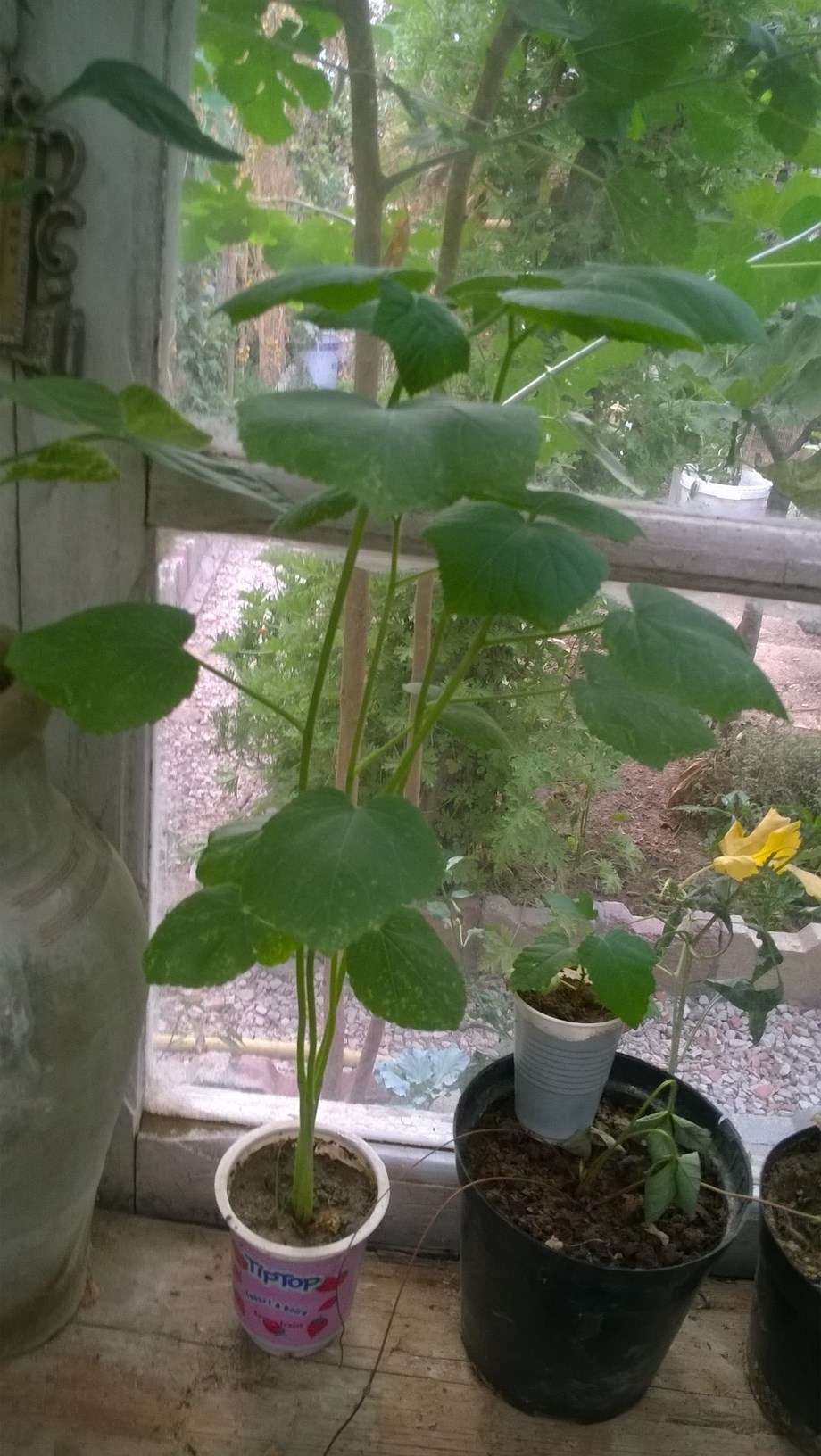 |
Transplanting okra seedlings in the garden
About 7 days before planting your okra plants outdoors, help acclimate them to temperatures, sunlight, and wind. This is the process of hardening off, or gradually acclimating you new plants to outdoor conditions. These plants have spent their short lives in a warm, sunny, protected place and won't fare well if you don't expose them slowly to the elements. Before you intend to plant, put your transplants outdoors in an area where they'll be protected from the direct sunlight and wind. Leave them out for a few hours and bring them back inside. Repeat this each day, gradually increasing the amount of time they're outside and the degree of exposure to sun and wind. Gradual exposure helps your plants toughen up and reduces the possibility of injury. With proper hardening off, they’ll have an easier transition to the garden and begin producing sooner.
When plants have grown large enough to handle easily and hardening is complete, they may be planted into the garden when weather and soil conditions permit. Okra is a heat loving annual plant that requires 55 to 65 frost free days with temperatures consistently above 85°F for full growth, it requires a lot of sunshine, so just find a place in your garden that doesn’t get much shade. Also when planting okra, be sure there is good drainage in your garden. The best time when to plant okra is about two to three weeks after the chance of frost has passed. Although okra will grow in soil with a pH of 6.0 to 7.0, for best results, plant in soil with a pH of 6.5 to 7.0. Amend your garden spot with plenty of compost or other good organic matter, such as a very well rotted chicken manure.
Watch how to add chicken manure to the garden soil video
Carefully remove seedlings from the pots in which they have been growing, take care to not disturb the roots as possible. Okra seedlings have fragile taproots that you need to be careful not to damage. Thoroughly water your seedlings an hour before you plant them. Dig a hole about twice as large as the root mass of the transplant. Set the transplant at about the same level it had been growing in the container and set them about 10 inches apart. Place soil loosely around the roots and water.
Water plants as needed, making sure to apply water at the base of the plants until roots have had time to develop more fully. For good growth and production, you’ll need to water at least an inch a week .
Direct sowing okra seeds in the garden
Okra seeds can be difficult to germinate, so soak the seeds overnight to encourage germination. Plant seeds so that plants will be spaced 12 to 15 inches apart in rows at least three feet apart. Spacing okra well at planting time allows the plants fill while preserving air circulation.
Water okra seeds right after planting to moisten the seed bed. During germination and early growth, water again whenever the soil starts to dry out.
Once your seedlings emerge and begin to show true leaves, you’ll want to thin them down to one per station, ideally before they begin to disturb each other. Choose the sturdiest, most vigorous seedling to save, and snip or pinch off the others where they meet the ground.
Spread a layer of organic compost around the okra plants keeping it 1 to 2 inches from the base of the stems.
Give your plant about one-half inch of water per week. Allow it to dry out between each watering. Apply water directly to the soil to reduce the risk of disease. Never allow standing water to accumulate around okra or the plant may rot. Watering too much may cause fungal diseases, such as root rot.
Okra is also susceptible to wilt, root knot nematode and Southern stem blight.
You have to add aged compost to planting beds in advance of planting and again at mid season.
While the okra is still young, cultivate the bed to eliminate any weeds. Then cover the area around the plants with a heavy layer of mulch, such as pine straw. This will prevent additional weeds from sprouting and taking over the bed.
Watch how to fertilize plants with chicken manure video
Feed the plant with an organic vegetable fertilizer when it reaches 6 inches tall and again when it blossoms. Adding too much compost or fertilizer can hurt the plants.
The growth of okra is often slow, but the plants grow much faster once summer starts
In addition to gaining height, okra’s leaves get bigger as the plants grow and begin producing yellow blossoms followed by tender pods.
Harvesting Okra
Okra takes 50 to 60 days from planting to harvest. Use pruning shears to cut the pods with a short stub of stem attached. Some people suffer uncomfortable itching from contact with okra’s stiff leaf hairs, so you have to wear gloves .You have to start piking your okra when the pods are 2 to 3 inches long. If you leave them too long, the pods get hard an woody. Harvest it every two days, they will keep on coming.
If you wait too long to harvest, the pods will be several inches long and they will be tough, fibrous and almost inedible. Just remember to pick your plant early and often the plant will continue to produce high yields of okra all season long. Production will slow down when cool weather sets in or when you stop harvesting. After picking okra, don't wash it or cut it. Put it in plastic bags and store it in the refrigerator. It will last 3-4 days and if you want to store okra for several months, it can easily be frozen. Okra is self pollinating, you can save some of the pods for seeds for the following year. This will make for a great crop the second year around. Instead of harvesting okra, if you want to save some pods for seed leave them on the plant and harvest okra when they become fully mature and almost dry. Store okra seeds in a cool, dark, and dry place protected from pests. When stored in these conditions, okra seeds will remain viable for 1-3 years.
Okra health benefits are so many. Once you get a taste of this delicious vegetable, you will never want to plant your garden without okra. Give okra a try. It has many benefits and can be added easily to any meal.
I hope These tips and techniques make it easy to grow organic okra in your own garden!
Find great deals on Amazon for Okra Seeds. 🛒Shop with confidence!
Please let us know your thoughts, experiences, or questions in the comments below. If you like this, you can share with your friends!
chokrihomeandgarden is a participant in the Amazon Services LLC Associates Program, an affiliate advertising program designed to provide a means for sites to earn advertising fees by advertising and linking to amazon. Some of the links to products on this site are affiliate links. These are products that i've used or recommend based from homesteading experience. I do make a small commission (at no extra cost to you) from these sales.(alert-warning)




